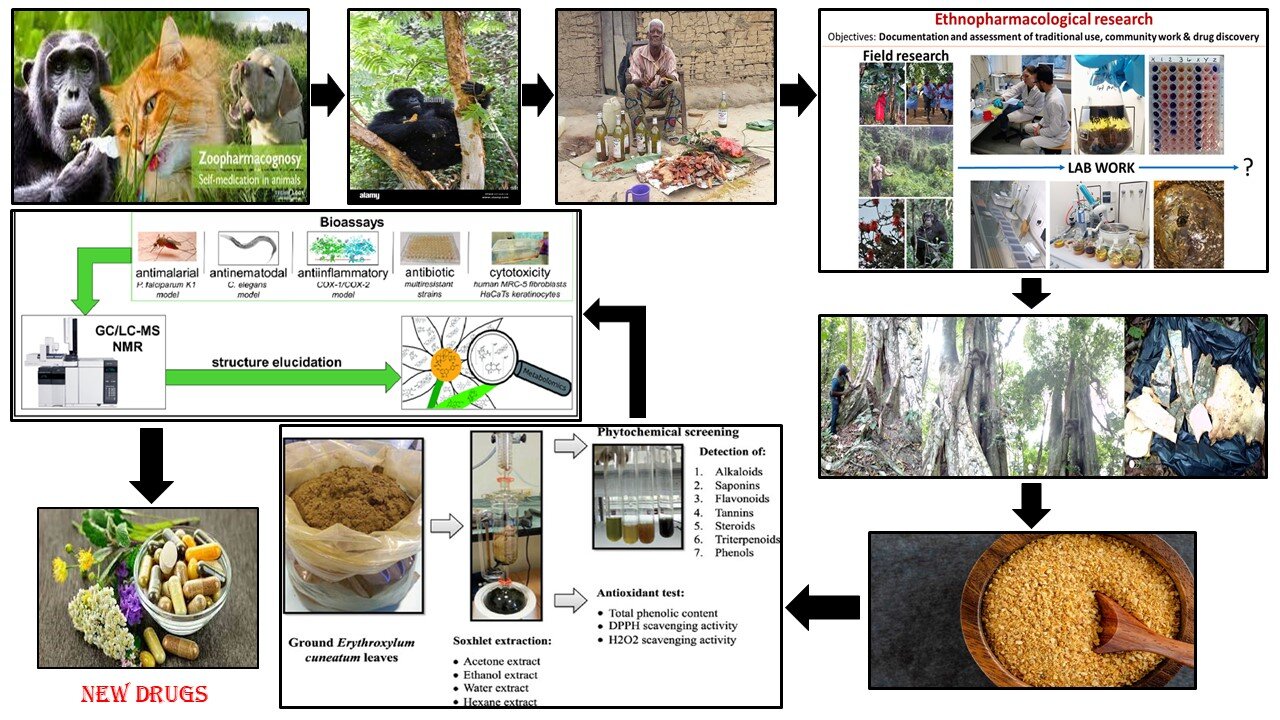MI weekly selection #572

A strange seismological signal that persisted for nine days in 2023 explained
Melting glacial ice set off a cascade of events in Greenland in September, ending in tsunami waves bouncing back and forth in a fjord for nine days, with waves reaching heights of 110 meters. The research describes the ice melt triggering a landslide that hit the fjord at almost a 90-degree angle and created the nine-day seiche, or standing wave, that’s distinct from earthquakes that typically end in minutes.
Full Story: New Scientist
Telescopes reveal closest pair of supermassive black holes
Astronomers have discovered two supermassive black holes that are closer to each other than any other known pair, separated by around 300 light-years. The active galactic nuclei duo is around 800 million light-years from Earth. After Hubble Space Telescope observations showed three optical diffraction spikes within the MCG-03-34-64 galaxy, the researchers used NASA’s Chandra X-ray Observatory to match the spikes with two X-ray light sources.
Full Story: Earth
“Mega El Ninos” could explain the Great Dying
A reconstruction of climate patterns 250 million years ago indicates Earth’s biggest mass extinction could have been due to wild swings from extreme heat, wildfires and drought to dramatic floods, a phenomenon researchers call “mega El Niños”. The roller coaster effect could explain why the Great Dying was more deadly than similar episodes of global warming, including why land species couldn’t escape to cooler parts of the planet.
Full Story: Science News
DNA gives first clue of more than one Neanderthal line
Genetic evidence suggests for the first time that a second Neanderthal lineage evolved separately from other European Neanderthals, splitting off about 105,000 years ago and staying isolated for around 50,000 years, according to research that compares DNA from an adult male skeleton found in France to the DNA of other Neanderthals, modern humans and ancient Homo sapiens. Arrays of gene variants from the specimen’s molar match more closely with Neanderthals living around 105,000 years ago than more recent Neanderthals.
Full Story: Science News
Gorillas’ medicinal trees could lead to drug development
Western lowland gorillas eat four tropical trees with high levels of antimicrobials and antioxidants that could lead to drug discoveries, write scientists who interviewed local human healers in Gabon to narrow down which plants in the gorillas’ diet might be medicinal. Bark from fig trees, giant yellow mulberries, African teak and especially fromager trees shows antibacterial activity, including the ability to fight at least one strain of multidrug-resistant E. coli, according to the study.
Full Story: PhysOrg